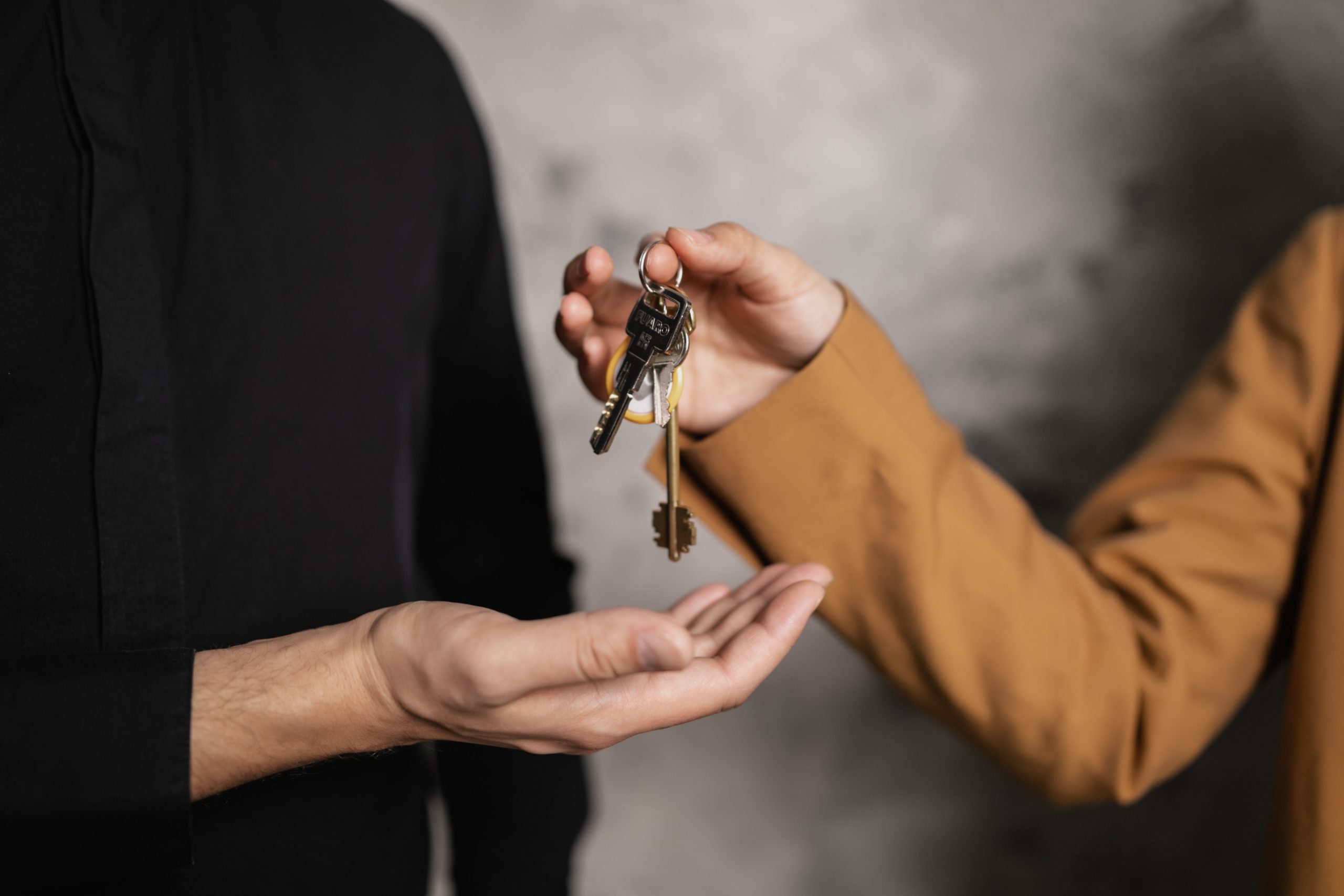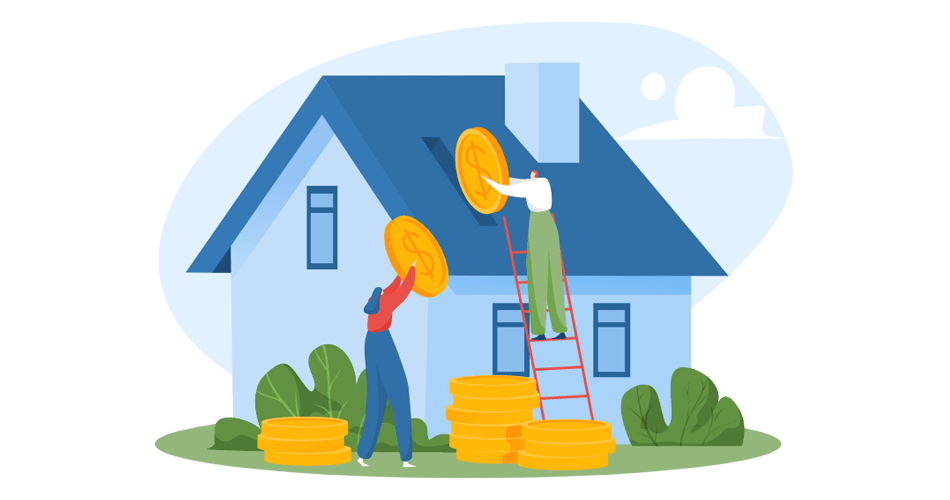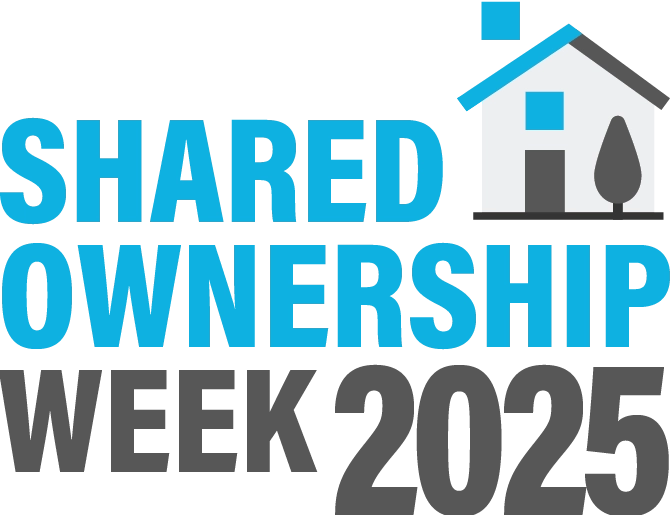What is staircasing in Shared Ownership?
Staircasing is the term used to describe the act of buying more shares in your Shared Ownership property, allowing you to increase your property ownership percentage at any point.
Normally the minimum extra percentage you can buy is 10% at a time. When you have reached 100% you will no longer have to pay any rent to the housing association. Sounds great right? Find out more about this staircase to heaven below.

How does Staircasing work?
In order to staircase you will need to get an up-to-date valuation and you will buy the additional percentage at the current value. This may be higher or lower than when you first purchased the property. You will also have to cover all the legal fees as well as any Stamp Duty. It is advisable to talk to your conveyancer who will be able to explain what you need to pay and when.
Whilst you can only currently buy in 10% increments, housing secretary Robert Jenrick has recently announced a change to this system:
“My mission is to increase the number of homes that are being delivered and to get more young people and families on to the housing ladder, particularly those on lower incomes. That’s why I am announcing radical changes to Shared Ownership so we can make it simpler and easier for tens of thousands trying to buy their own home.” Robert Jenrick


To better understand how this works, the example given during this release, was based on a family in a Shared Ownership property with a property value of £450,000.
Assuming they could buy a 25% stake in their shared ownership property taking out a mortgage for £112,500, and paying subsidised rent on the remainder. Currently they would then have to pay £45,000 to increase their share of the property, referred to as staircasing earlier on this.
The proposed new plans would mean that an increased share in your Shared Ownership property could be as little as £4,500 each time, due to being able to buy lower shares.
Kush Rawal, Director of Residential Investment at Metropolitan Thames Valley announced his plans around this announcement with his organisation’s Shared Ownership Plus product.
Shared Ownership PLUS enables SO Resi’s homeowners to buy an additional share of their home each year for 15 years – at a fixed priced – without the cost and hassle of arranging a solicitor each time they want to buy a new share.

How much does staircasing cost?
Before you start asking around about staircasing, be sure that you can afford to! It might be a clever idea to contact your current lender, who can advise you about whether you can take on the additional cost of buying shares.
Once you have your valuation, you need to decide how you want to proceed. Most valuations last around 3 months, so if you can afford a share, don’t waste any time!
Saving enough money to buy a share will take up a lot of your time, so make sure you have saved enough funds before you take out a valuation.

